Esperanza Plant
- January 8, 2024
- 0 comment
Esperanza, also known as the Tecoma stans or Yellow Bells, is a captivating plant that brings a burst of sunshine to any garden or landscape. Renowned for its vibrant yellow flowers, this perennial shrub stands out with its unique characteristics and versatility. Beyond its aesthetic appeal, Esperanza is recognized for its resilience to drought conditions, making it an excellent choice for regions with arid climates. The plant’s ability to attract pollinators like butterflies and bees adds an enchanting touch to outdoor spaces.

Cultivating Esperanza involves providing well-drained soil and occasional pruning for optimal growth. This plant’s adaptability extends to different garden designs, making it a versatile addition to both standalone shrubs and mixed perennial beds. With a rich history in traditional medicine and emerging research on its potential health benefits, Esperanza holds not just ornamental value but also a deeper connection to wellness. Whether it’s the symbolism it carries in various cultures, its global presence, or its role in supporting local ecosystems, Esperanza stands as a beacon of hope and positivity in the world of gardening.
| Specification | Details |
|---|---|
| Scientific Name | Tecoma stans |
| Common Names | Esperanza, Yellow Bells |
| Plant Type | Perennial Shrub |
| Flower Color | Vibrant Yellow |
| Foliage | Evergreen |
| Watering Needs | Low to Moderate |
| Soil Requirements | Well-Drained |
| Sunlight | Full Sun |
| Height | 6 to 12 feet (1.8 to 3.7 meters) |
| Spread | 6 to 10 feet (1.8 to 3 meters) |
| Growth Rate | Moderate |
| Bloom Time | Spring through Fall |
| Drought Resistance | Yes |
| Pruning | Beneficial for shaping and promoting growth |
| Attracts | Butterflies, Bees |
| Uses | Landscaping, Ornamental, Medicinal |
| Cultural Significance | Symbolizes Hope in Various Cultures |
| Global Presence | Native to the Americas, Adaptable Worldwide |
| Environmental Impact | Positive, Supports Local Ecosystems |
| Varieties | Various Cultivars and Hybrids |
| Special Features | Tolerant of Hot and Dry Conditions |
| Common Issues | Potential Pests: Aphids, Caterpillars |
| Additional Notes | Named “Esperanza” in Spanish, meaning “Hope” |
A Burst of Sunshine in Your Garden
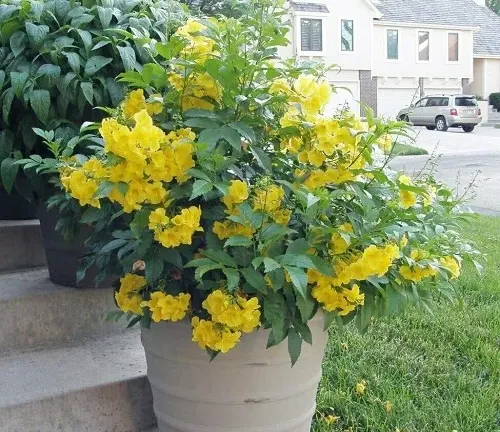
In the world of vibrant and enchanting flowers, Tecoma stans, commonly known as Esperanza or Yellow Bells, stands out as a true gem. These perennial shrubs are celebrated for their stunning clusters of yellow flowers, making them a sought-after addition to gardens and landscapes.
Esperanza’s Unique Characteristics
Esperanza captivates onlookers with its radiant yellow blossoms, creating a burst of sunshine in any outdoor space. What makes Tecoma stans even more appealing is its remarkable resilience to drought conditions, making it an ideal choice for arid regions. Beyond its aesthetic charm, Esperanza serves as a beacon for pollinators, attracting butterflies and bees to your garden.
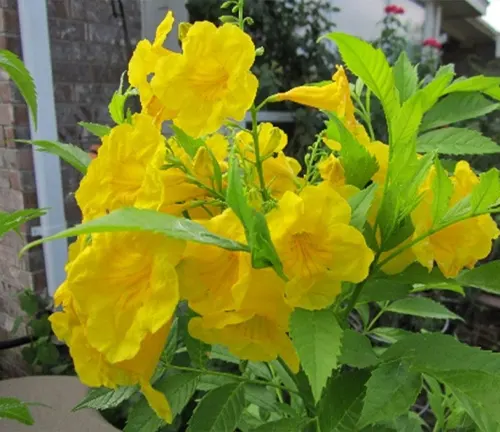

Cultivation and Care
Creating a thriving environment for Esperanza involves understanding its specific needs. These plants thrive in well-drained soil and can withstand periods of low water availability. Regular pruning ensures a healthy and robust growth pattern, making your Esperanza a focal point in your garden.
Landscaping with Esperanza
Pairing Esperanza with suitable companions enhances the visual appeal of your garden. Consider incorporating it into your landscape design to create a vibrant and harmonious outdoor space. The versatility of Tecoma stans allows for creative possibilities, from standalone shrubs to mixed perennial beds.

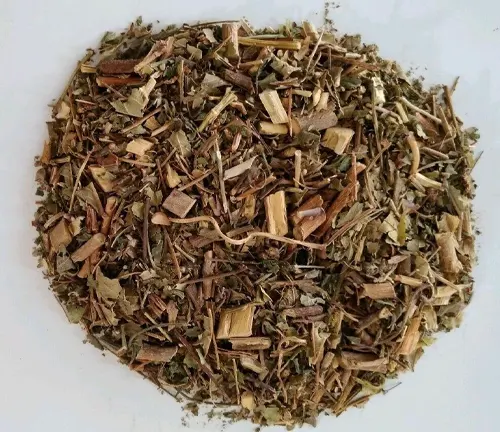
Medicinal Uses of Esperanza
Beyond its ornamental value, Tecoma stans has a history rooted in traditional medicine. Indigenous communities have utilized various parts of the plant for their medicinal properties. Modern research is shedding light on the potential health benefits, turning Esperanza into more than just a pretty face in the garden.
Esperanza in Folklore and Culture
Across different cultures, Esperanza holds symbolic significance. From representing positivity and endurance to featuring in folktales, Tecoma stans has woven itself into the fabric of cultural narratives. Exploring these stories adds an extra layer of fascination to this already captivating plant.
Esperanza’s Global Presence
Originating from the Americas, Esperanza has spread its roots globally, adapting to various climates. Understanding its native regions helps gardeners make informed decisions about cultivating and caring for Tecoma stans in different parts of the world.
Common Issues
Every garden has its challenges, and Esperanza is not exempt. Recognizing common problems such as pests and diseases equips gardeners with the knowledge to address issues promptly. Implementing effective solutions ensures the continued vitality of your Tecoma stans.
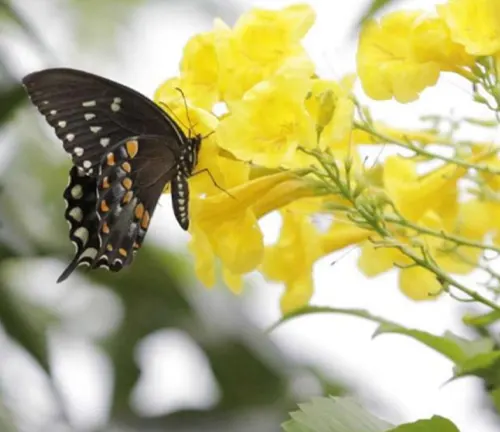
Esperanza Varieties
Diversity is a hallmark of Tecoma stans. With various cultivars and hybrids available, choosing the right one for your garden involves considering factors such as size, color variations, and specific growing conditions. This variety allows gardeners to tailor their choices to suit their preferences.
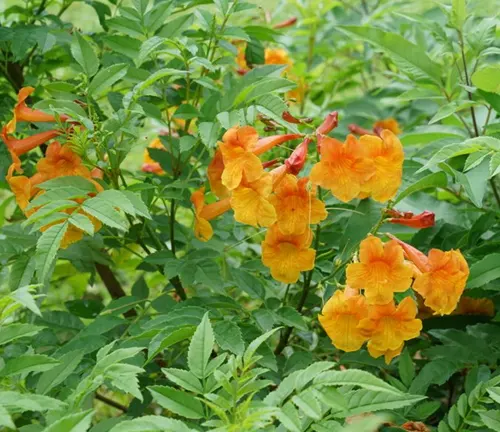
Esperanza in Four Seasons
Esperanza’s charm extends throughout the year, with seasonal changes adding to its allure. Understanding these variations in foliage and flowering patterns helps gardeners appreciate the ever-changing beauty of Tecoma stans.
Environmental Impact
Beyond aesthetics, Esperanza contributes positively to the environment. Its role in supporting local ecosystems and providing ecological benefits makes it a sustainable choice for environmentally conscious gardeners.
Esperanza in Urban Gardening
For those with limited space, Esperanza proves to be an excellent choice for container gardening. Its adaptability to small spaces, including balconies, opens up opportunities for urban dwellers to enjoy the beauty of Tecoma stans.
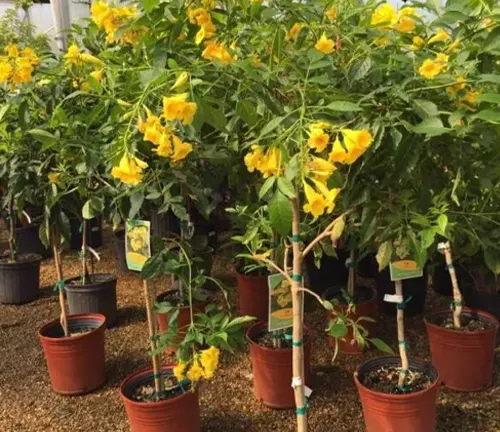

Esperanza and Wildlife
Creating a haven for wildlife is a rewarding aspect of gardening with Tecoma stans. The ability of Esperanza to attract birds and butterflies adds an enchanting touch to your outdoor space while contributing to the overall health of the ecosystem.
Esperanza as a Symbol of Hope
The very name “Esperanza” translates to “hope” in Spanish, and this sentiment is deeply embedded in the plant’s identity. Stories and anecdotes of hope associated with Tecoma stans add an uplifting dimension to its presence in gardens.
Different Species
Tecoma stans var. stans
This is the most widely recognized species, known as Yellow Bells or Esperanza. It features vibrant yellow flowers and is celebrated for its resilience in arid conditions.
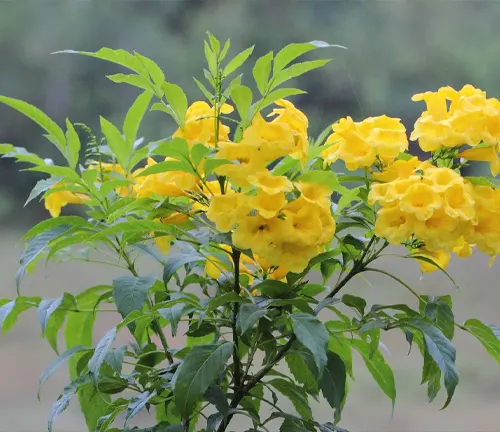
Tecoma stans var. angustata
Also known as Yellow Elder or Trumpet Bush, this variety has narrower leaves compared to the typical Tecoma stans. It shares the same attractive yellow trumpet-shaped flowers.
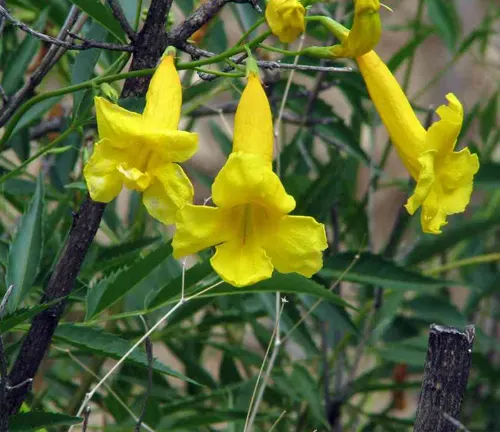
Tecoma capensis
Often referred to as Cape Honeysuckle, this species has orange to red tubular flowers. Unlike Tecoma stans, Cape Honeysuckle is not perennial in all climates, as it may be more sensitive to frost.
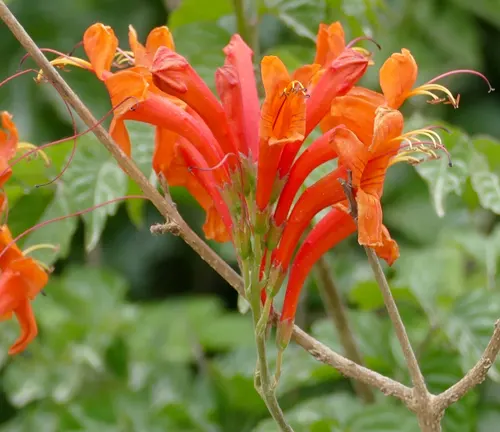
Tecoma garrocha
Native to South America, Tecoma garrocha is a lesser-known species within the genus. It features yellow flowers and is found in regions like Venezuela.
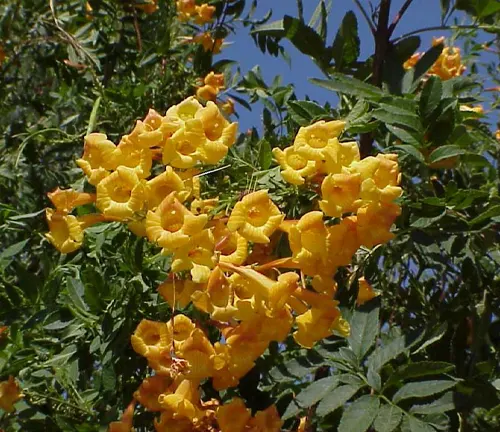
Tecoma fulva
Also called Orange Esperanza or Apricot Esperanza, this species boasts apricot-colored flowers. It adds a warm and unique hue to gardens and landscapes.
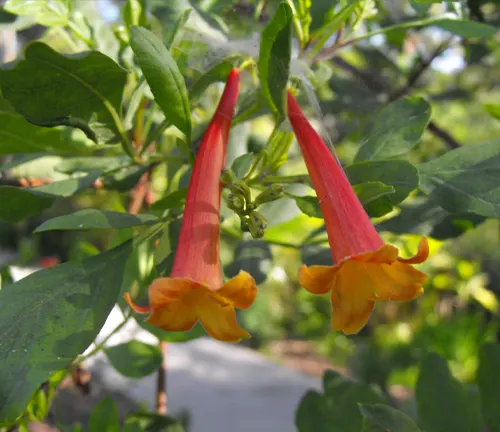
Frequently Asked Questions (FAQs)
- Is Esperanza suitable for hot and dry climates?
Yes, Tecoma stans is well-adapted to hot and arid conditions, making it a great choice for regions with intense sunlight. - What is the ideal soil pH for Esperanza?
Esperanza prefers slightly acidic to neutral soil with a pH range of 6.0 to 7.5. - Do Esperanza plants require full sun exposure?
Yes, Tecoma stans thrives in full sun, so it’s recommended to plant it in locations with ample sunlight. - When is the best time to prune Esperanza?
Late winter or early spring is the optimal time for pruning, promoting healthy growth and shaping the plant. - Can I propagate Esperanza from cuttings?
Yes, Esperanza can be propagated from semi-hardwood cuttings, usually taken in late spring or early summer. - What diseases are common in Esperanza plants?
While generally disease-resistant, Esperanza may be susceptible to fungal issues in overly wet conditions. Ensure proper drainage. - How tall can Esperanza grow?
Depending on the variety, Esperanza can reach heights between 6 to 12 feet (1.8 to 3.7 meters). - Does Esperanza attract hummingbirds?
While primarily attracting butterflies and bees, Esperanza may also attract hummingbirds with its vibrant flowers. - Can I grow Esperanza indoors as a houseplant?
While it’s best suited for outdoor cultivation, Esperanza can be grown indoors in containers if provided with sufficient light. - What is the significance of the name “Esperanza”?
“Esperanza” is Spanish for “hope,” reflecting the positive and uplifting symbolism associated with Tecoma stans. - Are there any toxic components in Esperanza plants?
While generally non-toxic, it’s advisable to keep pets away from Esperanza, especially if they tend to nibble on plants. - How do I protect Esperanza from frost?
In regions prone to frost, cover the plant with a frost cloth and provide additional mulch around the base for insulation.


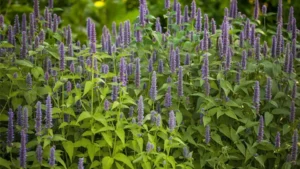
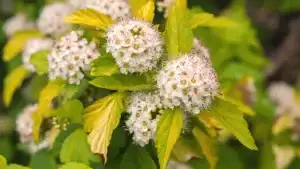
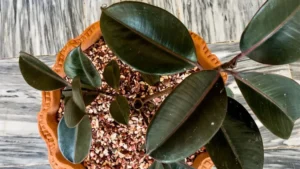

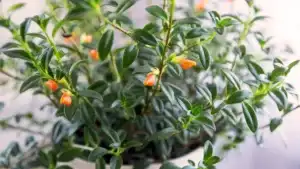
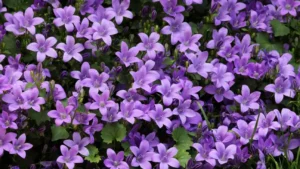

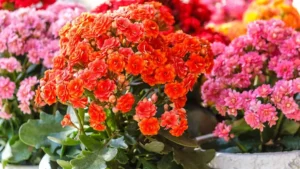


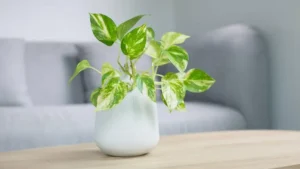

Leave your comment